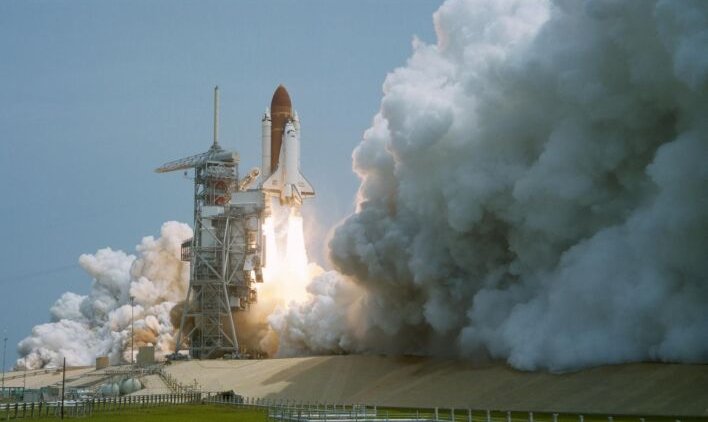
Enlarge / The STS-51-B mission begins with the liftoff of the Challenger from Pad 39A in April 1985. (credit: NASA)
Taylor Wang was deeply despondent.
A day earlier, he had quite literally felt on top of the world by becoming the first Chinese-born person to fly into space. But now, orbiting Earth on board the Space Shuttle, all of his hopes and dreams, everything he had worked on for the better part of a decade as an American scientist at NASA's Jet Propulsion Laboratory, had come crashing down around him.
Wang was the principal investigator of an experiment called the Drop Dynamics Module, which aimed to uncover the fundamental physical behavior of liquid drops in microgravity. He had largely built the experiment, and he then effectively won a lottery ticket when NASA selected him to fly on the 17th flight of the Space Shuttle program, the STS-51-B mission. Wang, along with six other crew members, launched aboard Space Shuttle Challenger in April 1985.
Read 53 remaining paragraphs | Comments
Ars Technica - All contentContinue reading/original-link]




